Energy efficiency in espresso machines is not just a buzzword but a critical aspect for both commercial and home users looking to reduce their environmental footprint and save on energy costs. This guide delves into the various features, comparisons, and tips to help you make energy efficiency in espresso machines.
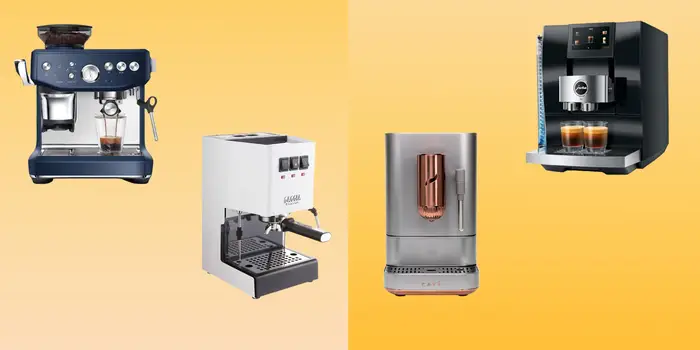
Features That Save Energy
When shopping for an espresso machine or upgrading your existing one, certain features can significantly impact energy consumption:
- Boiler Insulation: High-quality insulation reduces heat loss, ensuring the machine uses less energy to maintain optimal temperature.
- Energy-Saving Modes: Many modern machines come with programmable settings that switch the machine to standby mode during periods of inactivity, cutting down unnecessary power usage.
- Efficient Heating Systems: Advanced heating technologies, such as thermoblocks or PID (Proportional Integral Derivative) controllers, enhance temperature stability and reduce energy waste.
- Automatic Shut-Off: Machines with automatic shut-off features turn off after a certain period of inactivity, preventing energy waste when the machine is not in use.

Comparing Energy Consumption
Understanding the energy consumption of different espresso machines can help in selecting the most efficient model:

Single-Boiler vs. Dual-Boiler Machines
Single-boiler machines typically consume less energy than dual-boiler models, as they heat only one boiler for both brewing and steaming. However, dual-boiler machines offer better performance for heavy use by maintaining separate temperatures for brewing and steaming.
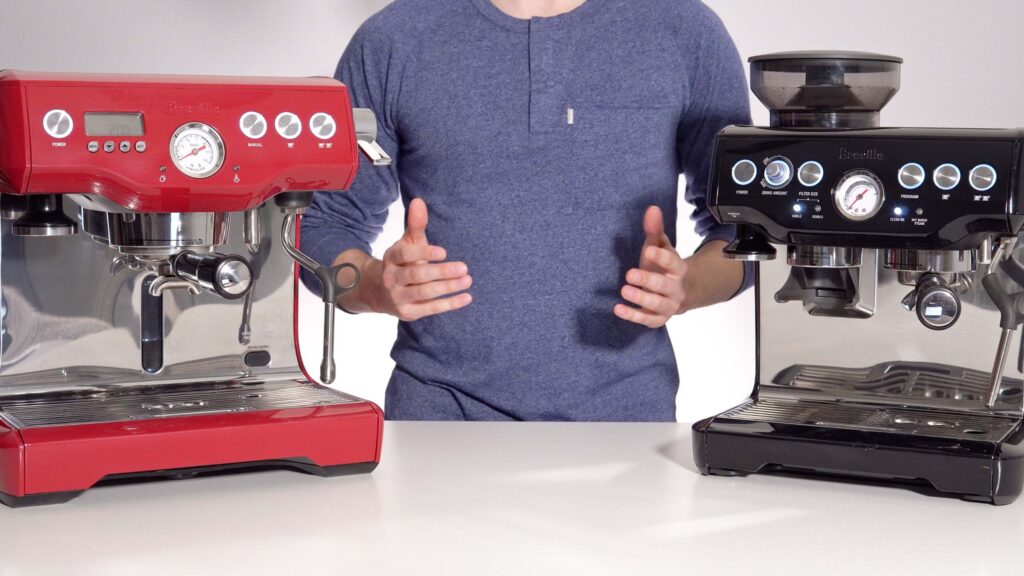
Capsule Machines
These machines are often more energy-efficient due to their smaller size and targeted heating systems that only heat the necessary amount of water for each shot.
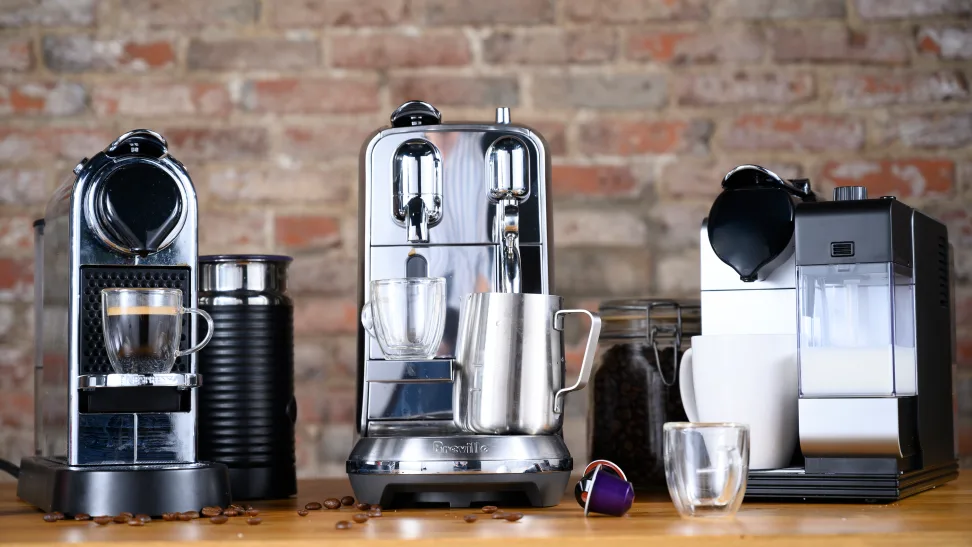
Super-Automatic Machines
While convenient, these machines can be energy hogs due to their numerous features. However, many modern super-automatics incorporate energy-saving technologies to mitigate this.
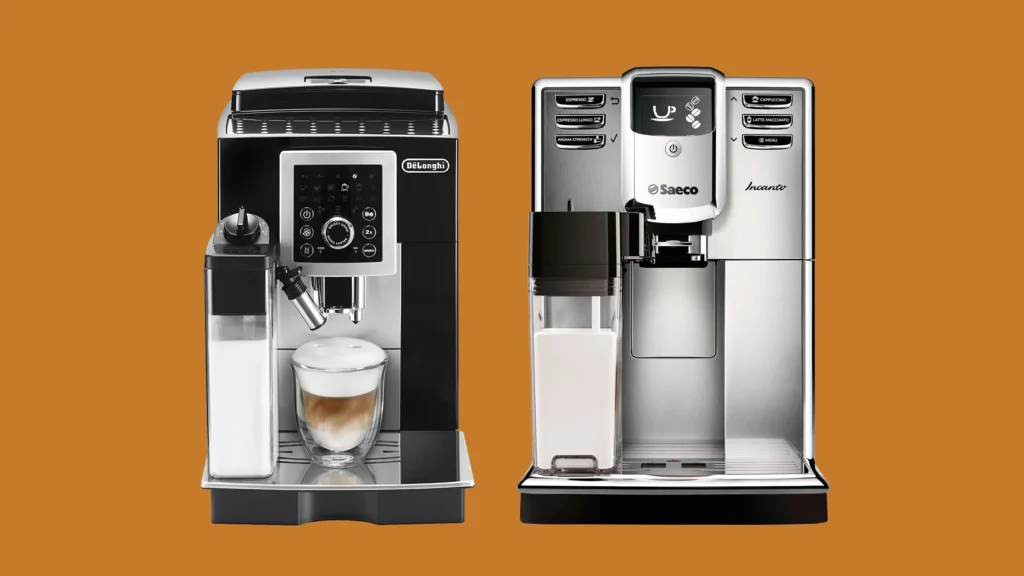
Commercial vs. Home Machines
Commercial machines are designed for constant use and often consume more energy than home models. However, energy-efficient commercial machines with features like boiler insulation and energy-saving modes can reduce overall consumption significantly.


Tips for Reducing Energy Usage
Implementing these tips can help you reduce the energy consumption of your espresso machine:
- Regular Maintenance: Keep your machine in top shape by descaling regularly and checking for leaks. A well-maintained machine operates more efficiently.
- Optimal Placement: Position your machine in a location where it is not exposed to drafts or extreme temperatures, which can cause it to work harder to maintain the desired temperature.
- Energy-Saving Settings: Utilize the programmable energy-saving features if your machine has them. Set it to enter standby mode during off-peak times.
- Smart Power Strips: Use a smart power strip to manage the power supply to your machine, ensuring it is completely turned off when not in use.
- Batch Brewing: For commercial settings, consider batch brewing during peak hours to reduce the number of times the machine needs to reheat, thereby saving energy.
Additional Features for Enhanced Efficiency
Modern espresso machines are packed with features that enhance energy efficiency. Understanding these can help you make a more informed purchase:
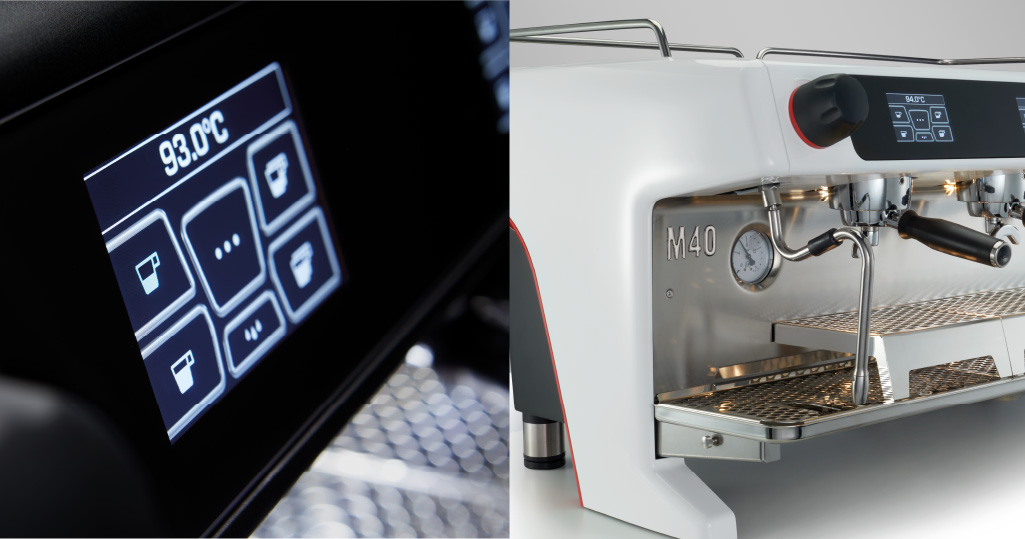
- Pre-Infusion Technology: Pre-infusion gently wets the coffee grounds before the full pressure is applied, leading to a more efficient extraction process that uses less energy.
- Energy-Saving LED Displays: Machines with LED displays consume less power than those with older LCD or analog displays.
- Quick Heating Elements: Modern machines often use rapid heating elements that can reach optimal temperature quickly, reducing the amount of time the machine needs to stay on.
Environmental Impact of Espresso Machines
Espresso machines, like all appliances, have an environmental impact. By choosing energy-efficient models and using them wisely, you can reduce your carbon footprint:
- Carbon Footprint Reduction: Energy-efficient machines produce fewer greenhouse gases, contributing to lower overall carbon emissions.
- Sustainable Manufacturing: Some manufacturers prioritize sustainable practices, such as using recyclable materials and reducing waste during production.
- Lifecycle Analysis: Considering the entire lifecycle of the machine, from manufacturing to disposal, can help in choosing models that have a lower environmental impact.

Energy Efficiency in Commercial Settings
Commercial espresso machines are built for high performance, but energy efficiency can still be achieved with the right features and practices:

- High-Efficiency Boilers: Commercial machines often come with high-efficiency boilers that use less energy to maintain consistent temperature.
- Energy-Saving Group Heads: Some commercial machines feature group heads that only heat when in use, significantly reducing energy consumption during idle times.
- Programmable Timers: These allow businesses to set machines to turn on and off at specific times, ensuring they are not running when not needed.
Energy Efficiency in Espresso Machines: Real-World Examples and Case Studies
To illustrate the benefits of energy-efficient espresso machines, let’s look at some real-world examples and case studies:
Case Study 1: Café ABC: Café ABC switched to energy-efficient espresso machines and saw a 20% reduction in their energy bills over six months. The machines’ automatic shut-off and energy-saving modes played a crucial role in these savings.
Case Study 2: Office Environment: An office switched from a traditional espresso machine to a capsule-based system with energy-saving features. This switch led to a noticeable drop in energy consumption and provided a more consistent coffee experience for employees.
Case Study 3: Home User: A home user replaced their old espresso machine with a modern, energy-efficient model and noticed a significant reduction in their electricity bill. The machine’s quick heating and automatic shut-off features were key to these savings.
FAQs
What are the most energy-efficient espresso machines?
Machines with advanced heating systems, automatic shut-off, and energy-saving modes are generally the most energy-efficient. Models like the Breville Barista Express and the Nespresso Inissia are popular choices for their efficiency and performance.
How does boiler insulation help in energy saving?
Boiler insulation minimizes heat loss, ensuring the machine uses less energy to maintain the desired temperature, thus reducing overall energy consumption.
Is it worth investing in a dual-boiler machine for home use?
While dual-boiler machines offer better performance for heavy use, single-boiler machines are typically more energy-efficient for home use due to lower energy requirements.
How often should I maintain my espresso machine to ensure energy efficiency?
Regular maintenance, including descaling and checking for leaks, should be performed every 1-3 months, depending on the usage and water hardness.
Can using an energy-efficient espresso machine significantly reduce my electricity bill?
Yes, using an energy-efficient machine with features like automatic shut-off and energy-saving modes can reduce your electricity consumption, leading to lower energy bills.
Are capsule machines more energy-efficient than traditional espresso machines?
Capsule machines are often more energy-efficient due to their targeted heating systems that only heat the necessary amount of water for each shot, reducing energy waste.
Conclusion
Energy efficiency in espresso machines is achievable through smart choices in features, regular maintenance, and adopting energy-saving practices. By selecting machines with advanced energy-efficient technologies and implementing practical tips, you can enjoy your espresso while minimizing your environmental impact and saving on energy costs.
Disclosure: Our blog contains affiliate links to products. We may receive a commission for purchases made through these links. However, this does not impact our reviews and comparisons. We try our best to keep things fair and balanced, in order to help you make the best choice for you.





